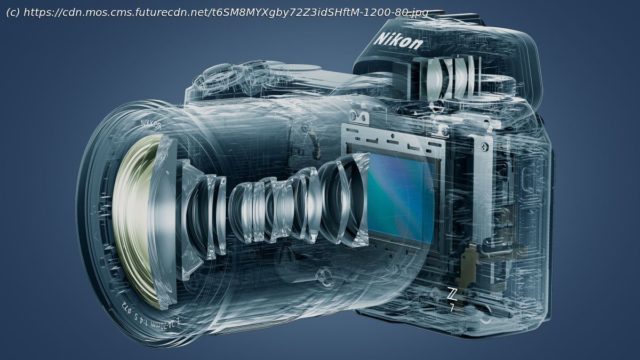Full-frame mirrorless cameras have exploded over the past year. But is it a good time to buy one, or should you still consider their crop sensor rivals?
If you’re getting serious about photography (or video), then you’ve probably looked into full-frame cameras. There’s a degree of camera snobbery when it comes to this sensor size and you might think that you need full-frame in order to get better photos than from a smartphone or crop-sensor digital camera. While this is isn’t strictly true, most camera brands are certainly keen to push the idea that we need full-frame. This part of the market has exploded recently – Sony, Nikon, Canon, Panasonic and Leica are all part of this full-frame flurry, mainly through new mirrorless cameras and the occasional DSLR. So why such intense full-frame competition now? To an extent, it’s down to smartphones. Yes, phones. Camera tech has improved so much in our pocket devices, that point-and-shoot cameras have now been all-but-obliterated. So if we’re prepared to cough up for a dedicated camera (and once we have, to bother using it and buy expensive lenses), then it needs to offer a whole lot more than our smartphone. What trump card does full-frame hold? In theory, superior image quality. A full-frame sensor equals pro image quality, or so the over-simplification goes. There are popular cameras with smaller sensor sizes in 2021, too, from the likes of Panasonic, Olympus and Fujifilm. These cameras with Four Thirds and APS-C sensors rely more on retro styling and putting EVFs in small form factors to set themselves apart from phones and full-frame cameras. But before we dive into the benefits of full-frame, let’s take a quick lesson in what it actually is… In digital cameras, full-frame refers to the sensor size and measures 36x24mm, which emulates a regular single frame of 35mm film. In analogue days pushing back 100 years,35mm (or full-frame) was originally considered small, but today it’s seen as the playground for pros. Full-frame is the reference point for all other sensor sizes, bigger and smaller. Those smaller than full-frame are known as crop-sensors, with the common formats being; APS-C (smaller by 2.5x approx), micro-four-thirds (almost 4x) and 1in (by around 7.5x). Sensors in decent smartphones are around 25x smaller. (Those size differences are not to be confused with crop factor, a term we’ll touch on later.) In 2021 we’re spoilt for choice; the Panasonic S series, the Canon EOS R collection (and DSLRs), Sony’s a7 mirrorless range, plus Nikon’s Z6 and Z7 models and its DSLRs and let’s not forget Leica M rangefinders. That’s a lot of full-frame cameras to choose from. These latest full-frame mirrorless cameras are especially well poised to accommodate photography and video users simultaneously. Not all brands have embraced full-frame. Fujifilm has straddled this format with its smaller APS-C sensor ‚X‘ series and its larger medium format ‚GFX‘ range, while Olympus has stuck with its smaller-still micro-four-thirds OM-D range. So does sensor size really matter? Just what can you expect by going full-frame and is superior image quality guaranteed? As with anything, it’s not that simple. The topic of sensor size is a genuine rabbit hole, with plenty of contrary information out there. Many of the perceived benefits to full-frame are not technically categorical, though in real-world use are often more practical. It’s complicated. However, we’ll do our best to keep the key points clear and concise… 1. Superior image quality A physically larger sensor can host larger and/or more pixels (also technically known as photosites), which make up the image. Firstly, larger pixels are better equipped to gather light, especially when drawing fair comparisons between same generation sensors. Two aspects of image quality that consequently reap the rewards are low light performance and dynamic range. Indoors and at night, whenever light is low, it is easier to make sharper looking images with more contrast by shooting full-frame. That’s because better light gathering reduces the adverse impact of ’noise‘ (grain). Provided all the exposure information is the same, full-frame is superior in low light to crop-sensor shots. There are workarounds for improving low-light performance such as increasing your exposure (using shutter speed or aperture). However, depending on what you’re shooting, that’s not always possible. Phones also have a few tricks up their sleeves to artificially reduce noise, provided your subjects are stationary (for example, night mode boosts image brightness), but you’ll need to hold the phone steady and it’s useless if your subjects are on the move.






